A Step in the Right Direction: Choosing Comfortable Outdoor Sports Shoes
Finding the perfect pair of outdoor sports shoes is essential for any fitness enthusiast or outdoor enthusiast.

Whether you're hitting the trails, going for a run, or simply enjoying a leisurely walk in the park, the right pair of shoes can make all the difference in your comfort and performance. In this guide, we will explore the key factors to consider when selecting outdoor sports shoes, providing valuable insights to help our readers make the best choice for their active lifestyle.
Support and Cushioning: The Foundation of Comfort
When selecting outdoor sports shoes, prioritizing support and cushioning is crucial. Look for shoes with ample arch support, a well-cushioned midsole, and a comfortable insole to provide stability and reduce impact on your feet and joints. Whether it's a trail running shoe or a hiking boot, ensuring adequate support and cushioning will help prevent fatigue and discomfort during extended periods of activity.
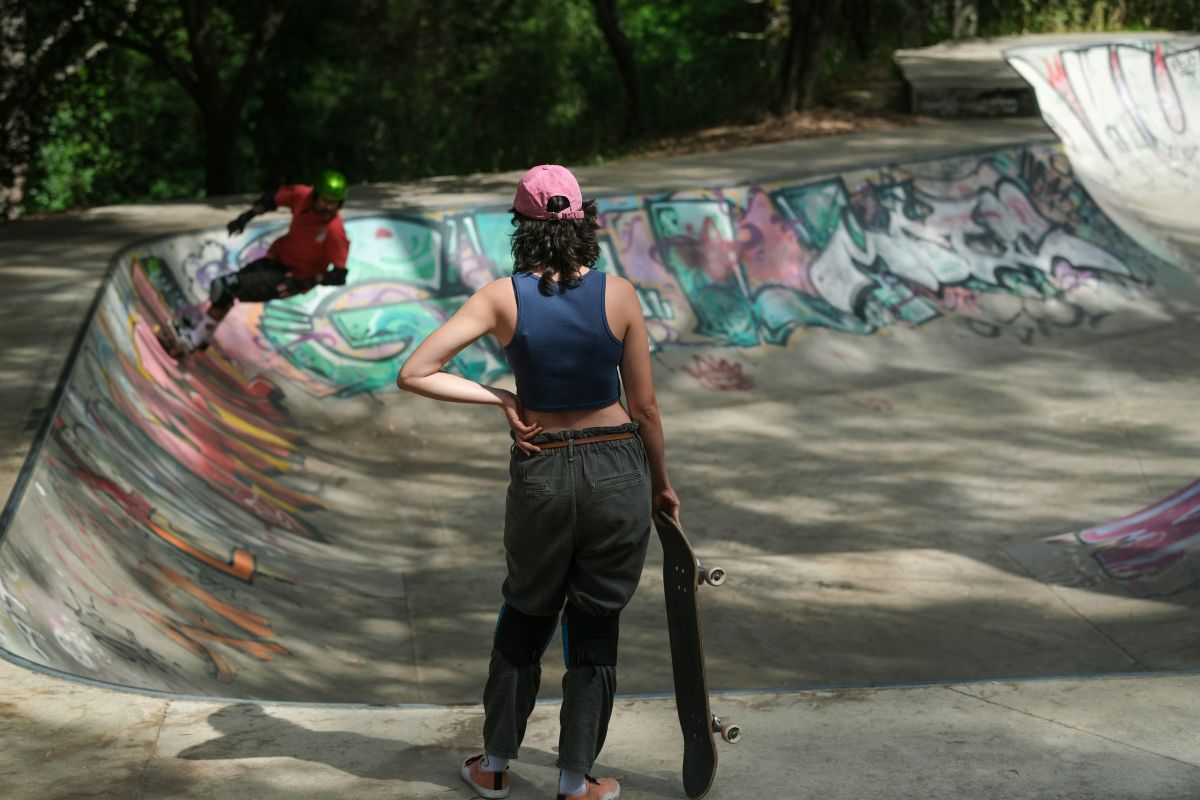
Breathability and Moisture Management: Keeping Cool and Dry
Outdoor activities often lead to increased perspiration, and wearing shoes with proper breathability and moisture-wicking properties can make a significant difference in comfort. Opt for shoes constructed with breathable mesh or moisture-wicking materials to promote airflow and keep your feet cool and dry, reducing the risk of blisters and discomfort.
Traction and Grip: Staying Sure-Footed
For outdoor sports, traction and grip are non-negotiable. Whether you're navigating rugged trails or wet surfaces, choosing shoes with a reliable outsole featuring deep treads or lugs will provide the traction needed to stay sure-footed. Additionally, shoes with a durable and slip-resistant outsole can enhance stability and confidence during various outdoor activities.
Fit and Sizing: Finding the Perfect Match
Finding the right fit is essential for comfort and performance. When trying on outdoor sports shoes, ensure there is ample room in the toe box to prevent discomfort and potential toe injuries. Additionally, consider the width of the shoe to accommodate any specific foot shape or orthotic needs. It's also beneficial to try shoes on with the type of socks you'll be wearing during your activities to ensure a proper fit.
Durability and Construction: Investing in Quality
Investing in a durable and well-constructed pair of outdoor sports shoes is a wise decision for long-term performance and comfort. Look for shoes made from high-quality materials, reinforced stitching, and durable overlays to withstand the rigors of outdoor use. Quality construction will ensure that your shoes provide reliable support and comfort over an extended period.
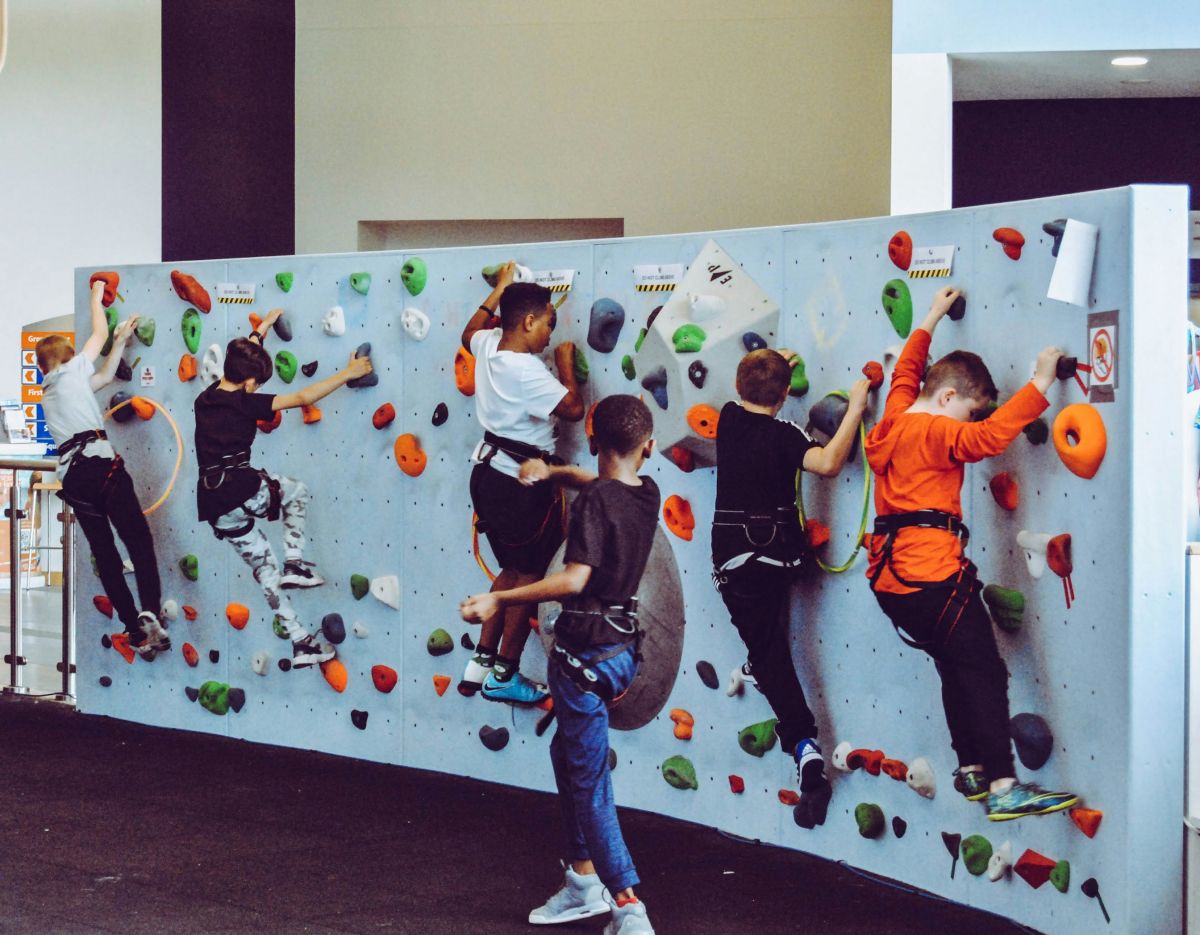
Style and Personal Preference: Expressing Your Active Lifestyle
While comfort and performance are paramount, considering the style and design of outdoor sports shoes is also important. Choose a pair that reflects your personal aesthetics and complements your active lifestyle. Whether you prefer vibrant running shoes or rugged hiking boots, selecting a style that resonates with you will enhance your overall outdoor experience.
User Reviews and Recommendations: Learning from Others' Experiences
Before making a purchase, take the time to research user reviews and seek recommendations from fellow outdoor enthusiasts. Learning from others' experiences can provide valuable insights into the comfort, durability, and performance of specific outdoor sports shoes, helping you make an informed decision.
Selecting a comfortable pair of outdoor sports shoes involves careful consideration of support, breathability, traction, fit, durability, and personal preference. By prioritizing these factors, readers can confidently choose shoes that not only provide comfort and performance but also align with their individual style and activities. Remember, the right pair of outdoor sports shoes can be the difference between a struggling stride and a confident step toward achieving your fitness and outdoor goals.

A Comprehensive Guide to Choosing Athletic Apparel
With the plethora of options available in the market, it can be overwhelming to select the perfect outfit. In this comprehensive guide, we will explore the key factors to consider when choosing athletic apparel and provide valuable insights to help readers make informed decisions.Fabric Selection: Performance and ComfortThe choice of fabric plays a significant role in athletic apparel. Look for moisture-wicking and breathable materials such as polyester blends or merino wool for activities that induce sweat. For cold weather, opt for insulating fabrics like fleece or thermal compression wear. Always prioritize comfort and flexibility without compromising on performance.Fit and Functionality: Finding the Perfect BalanceThe fit of athletic apparel should provide freedom of movement while maintaining a snug and supportive feel. Consider the specific requirements of the activity – for example, loose-fitting clothing may be preferred for yoga, while compression wear is beneficial for high-intensity workouts. Additionally, check for features such as reflective elements for night runs, and pockets for storage during long hikes or runs.Layering: Versatility and Climate ControlLayering is essential for adapting to changing weather conditions and regulating body temperature during physical activities. Start with a moisture-wicking base layer, add insulating layers for warmth, and finish with a waterproof and breathable outer shell for protection against the elements. This strategy allows for easy adjustment as the body heats up or the weather shifts.
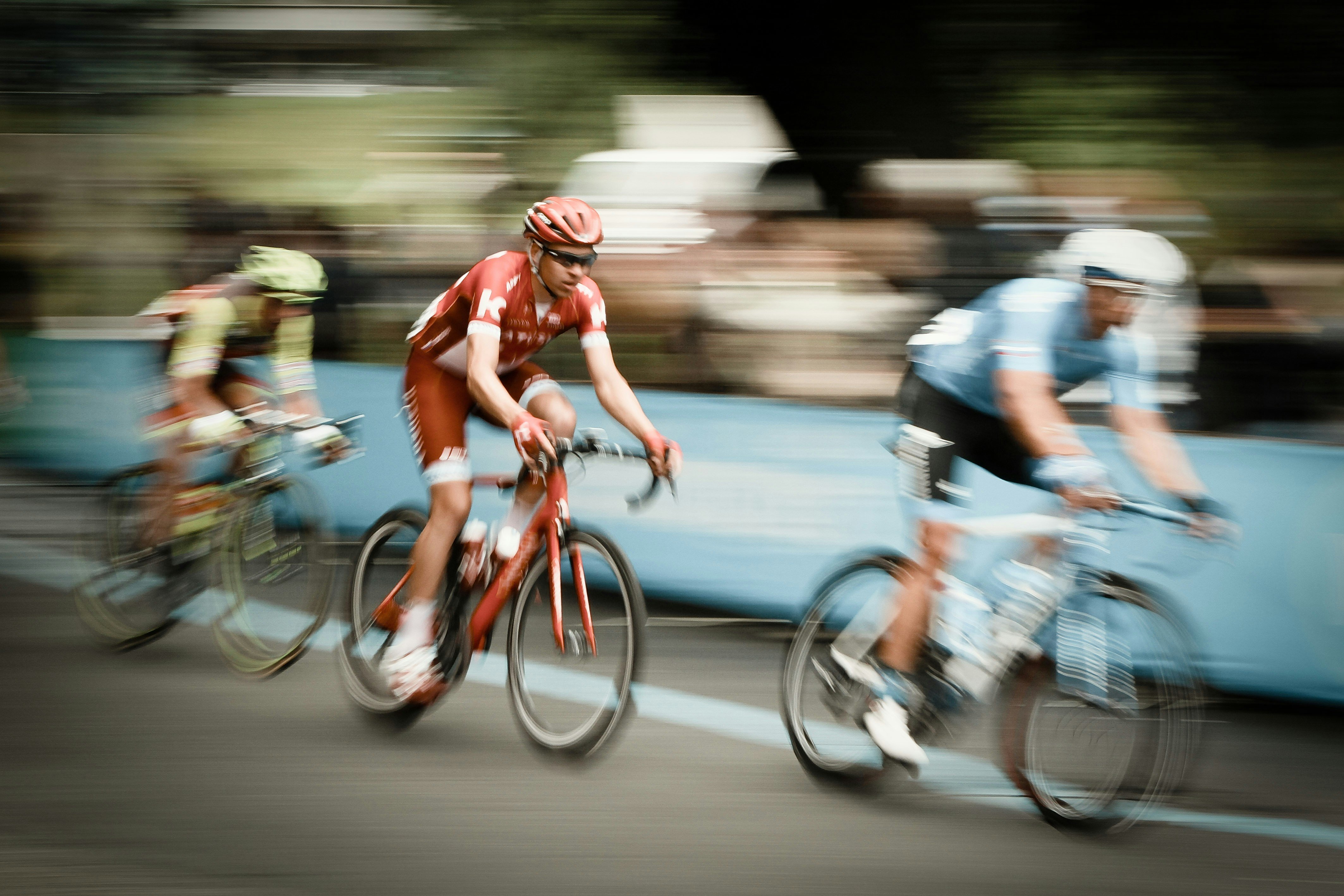
The Physical Benefits of Several Types of Exercise
This article will explore in detail the specific benefits of several different types of exercise to help readers better understand and choose the right type of exercise for them.1.Aerobic exercise: improve heart and lung functionAerobic exercise, such as running, swimming, cycling, etc., is an important means to improve heart and lung function. This type of exercise can increase the heart rate, improve the speed of blood circulation, and deliver sufficient oxygen and nutrients to all parts of the body. Long-term adherence to aerobic exercise can effectively reduce the risk of cardiovascular disease, enhance myocardial strength, and improve lung capacity. In addition, aerobic exercise can also promote fat burning, helping to lose weight and shape.2.Strength training: build muscle lines, improve the basal metabolic rateStrength Training can practice the muscle gatherings of the body and make a solid muscle line. Through strength training, we can further develop muscle strength and perseverance and increment bone thickness and strength, along these lines forestalling bone sicknesses like osteoporosis. Furthermore, muscle is the principal place where the body consumes energy, expanding bulk can build the basal metabolic rate, so we can likewise consume more energy when we are very still, which assists with shedding pounds and keep up with the figure.3.Flexibility training: Relieve muscle tension and prevent sports injuriesFlexibility training, like yoga, Pilates, extending, and so forth, can upgrade the adaptability of the body and the adaptability of the joints. This sort of activity can assist us with easing muscle pressure and forestall muscle solidness and torment brought about by standing firm on a similar foothold for quite a while. Simultaneously, adaptability preparing additionally works on joint scope of movement and diminishes the gamble of sports wounds. Long haul adherence to adaptability preparing can make us more agreeable in sports and further develop sports execution.

How to Choose Sunglasses for Travel
Choosing the right sunglasses for your travels involves considering various factors to ensure they provide adequate protection and suit your style. Here are some tips for choosing sunglasses for travel:UV Protection: Look for sunglasses that provide 100% UV protection. This is crucial for shielding your eyes from the sun's harmful radiation. When purchasing sunglasses, check for labels or stickers indicating UV 400 or 100% UV protection.Lens Quality: Consider the quality of the lenses. Opt for sunglasses with polarized lenses to reduce glare and improve visibility, especially during outdoor activities. Also, ensure the lenses are impact-resistant and provide a clear, distortion-free view.Frame Fit: Choose sunglasses that fit your face shape and size. The frames should snugly sit on your nose and ears without causing discomfort or slipping. Different face shapes suit different frame styles, so consider what best complements your features.Lens Color: The color of the lenses affects your contrast and color perception. Gray lenses provide minimal color distortion, while brown/amber lenses enhance contrast. Consider the activities you'll engage in while wearing the sunglasses to determine the most suitable lens color.
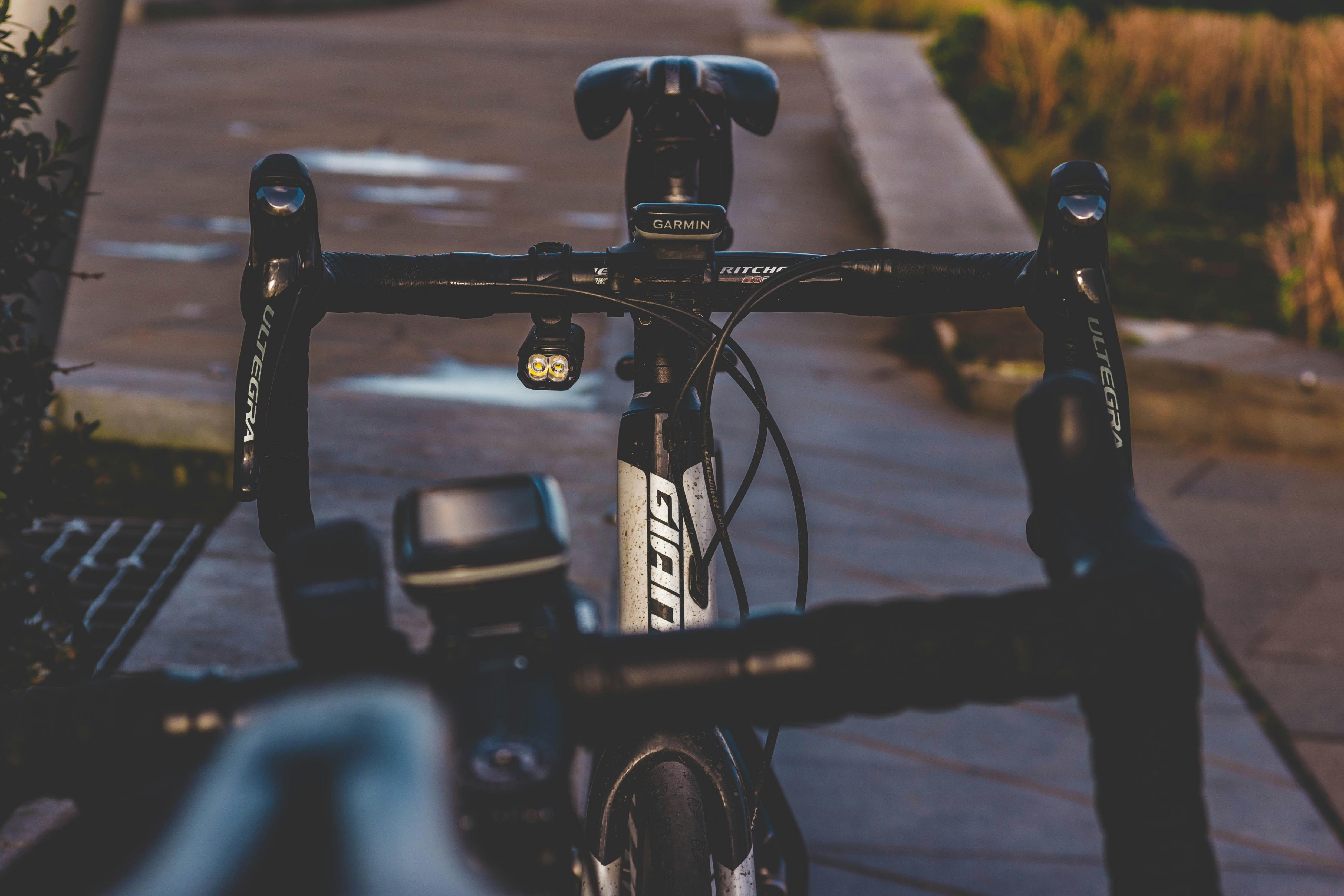
Mastering the Road: A Comprehensive Guide for Road Bike Beginners
For beginners, getting started with road biking can be an exciting but daunting experience. In this advanced guide, we'll provide essential tips and advice for road bike beginners who want to take their cycling to the next level.Bike Fit and ComfortOne of the most crucial aspects of road biking is ensuring that your bike fits you properly. Invest in a professional bike fitting to adjust your saddle height, handlebar position, and overall bike setup to match your body's measurements. A comfortable bike fit will not only enhance your performance but also prevent injuries and discomfort during long rides.Riding TechniquesAs you progress in road biking, it's essential to focus on improving your riding techniques. Practice maintaining a smooth and efficient pedal stroke, mastering gear shifting, and developing the ability to ride in various positions, such as riding in the drops for better aerodynamics and climbing out of the saddle for power.Nutrition and HydrationLonger rides and advanced road biking require proper nutrition and hydration. Learn about the importance of fueling your body with the right mix of carbohydrates, proteins, and fats, and staying well-hydrated to sustain your energy levels during intense rides.Interval Training and Hill ClimbingTake your training to the next level by incorporating interval training into your cycling routine. Interval workouts can help improve your cardiovascular fitness, speed, and endurance. Additionally, focus on hill climbing to build strength and power in your legs, essential for conquering challenging terrain.
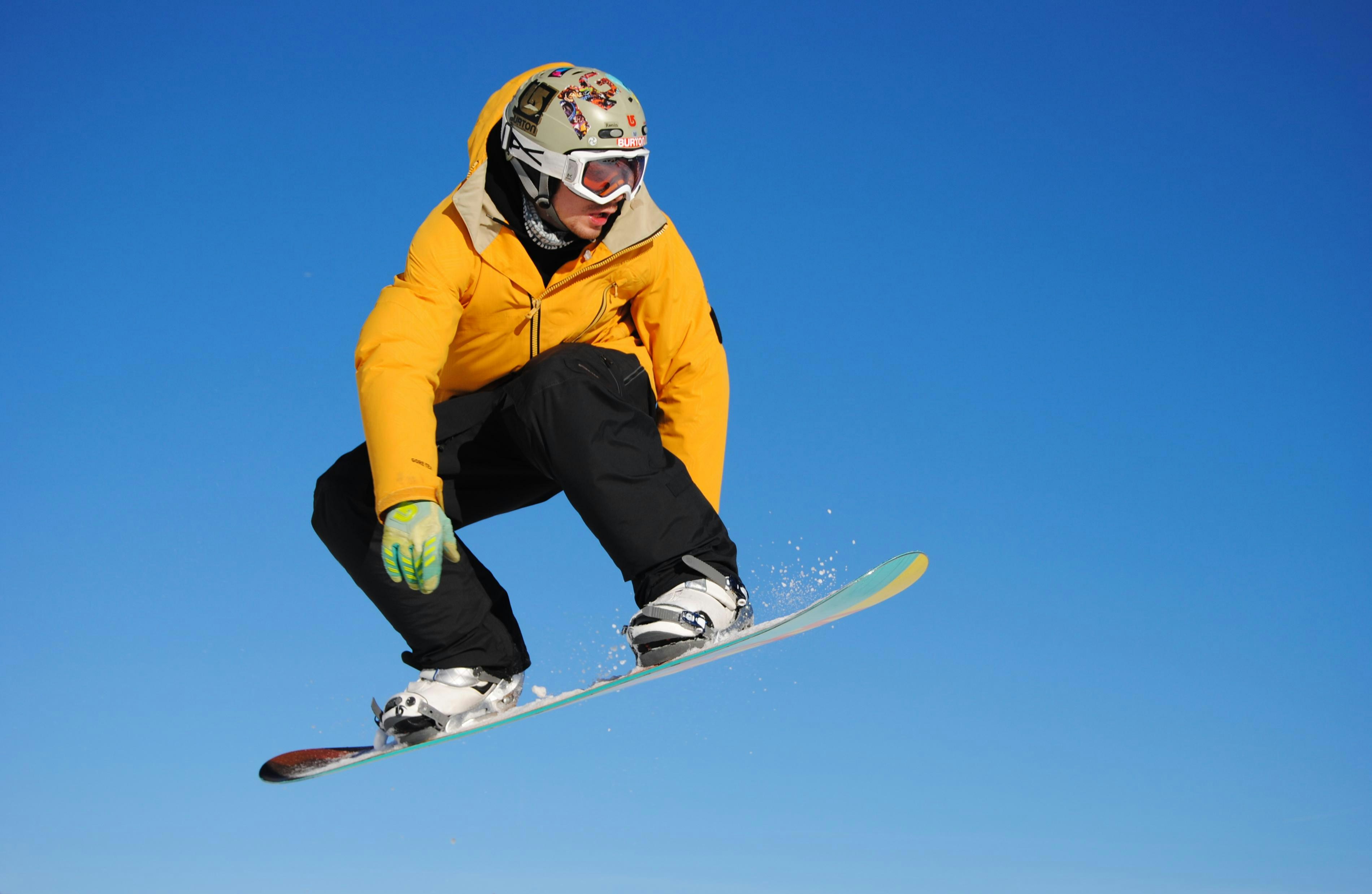
A Comprehensive Guide to Snowboarding Gear for Beginners
For beginners looking to embark on this exciting journey, having the right gear is crucial for their success and enjoyment on the snow. In this guide, we will explore the essential equipment and tools that snowboarding beginners need.Snowboard and BindingsThe most essential piece of gear for a snowboarder is, of course, the snowboard itself. For beginners, it is recommended to choose a shorter, more flexible snowboard as they are easier to control. Look for boards designed specifically for beginners, focusing on stability and forgiveness. Ensure that the bindings can be properly secured to your snowboard boots, providing the necessary support and safety while snowboarding.Snowboard BootsSnowboard boots are a crucial component of your gear, directly impacting your comfort and control on the slopes. Choose boots that fit snugly but not too tight, providing the necessary support and responsiveness for your snowboarding. Consider renting or investing in high-quality snowboard boots that match your skill level and foot shape.Snowboard GogglesProper eye protection is essential while snowboarding to shield against the glare of the snow and wind. Invest in snowboard goggles with UV protection, anti-fog features, and a wide field of view to enhance your vision and protect your eyes from snow, wind, and sunlight.HelmetSafety should always be a top priority in any winter sport, and snowboarding is no exception. A properly fitted, high-quality helmet is crucial for protecting your head from injury in the event of a fall or collision. Look for a helmet with adjustable ventilation to control temperature and consider modern designs with integrated technology for increased safety and comfort.
TOP NEWS


.png)

.png)

.png)

.png)

.png)

.png)

.png)

.png)
.png)
Recommended suppliers
Trade Alert
- Delivery New Products To YouTell Us What Are You Looking For?

- Acre/Acres
- Ampere/Amperes
- Bag/Bags
- Barrel/Barrels
- Blade/Blades
- Box/Boxes
- Bushel/Bushels
- Carat/Carats
- Carton/Cartons
- Case/Cases
- Centimeter/Centimeters
- Chain/Chains
- Combo/Combos
- Cubic Centimeter/Cubic Centimeters
- Cubic Foot/Cubic Feet
- Cubic Inch/Cubic Inches
- Cubic Meter/Cubic Meters
- Cubic Yard/Cubic Yards
- Degrees Celsius
- Degrees Fahrenheit
- Dozen/Dozens
- Dram/Drams
- Fluid Ounce/Fluid Ounces
- Foot/Feet
- Forty-Foot Container
- Furlong/Furlongs
- Gallon/Gallons
- Gill/Gills
- Grain/Grains
- Gram/Grams
- Gross
- Hectare/Hectares
- Hertz
- Inch/Inches
- Kiloampere/Kiloamperes
- Kilogram/Kilograms
- Kilohertz
- Kilometer/Kilometers
- Kiloohm/Kiloohms
- Kilovolt/Kilovolts
- Kilowatt/Kilowatts
- Liter/Liters
- Long Ton/Long Tons
- Megahertz
- Meter/Meters
- Metric Ton/Metric Tons
- Mile/Miles
- Milliampere/Milliamperes
- Milligram/Milligrams
- Millihertz
- Milliliter/Milliliters
- Millimeter/Millimeters
- Milliohm/Milliohms
- Millivolt/Millivolts
- Milliwatt/Milliwatts
- Nautical Mile/Nautical Miles
- Ohm/Ohms
- Ounce/Ounces
- Pack/Packs
- Pair/Pairs
- Pallet/Pallets
- Parcel/Parcels
- Perch/Perches
- Piece/Pieces
- Pint/Pints
- Plant/Plants
- Pole/Poles
- Pound/Pounds
- Quart/Quarts
- Quarter/Quarters
- Rod/Rods
- Roll/Rolls
- Set/Sets
- Sheet/Sheets
- Short Ton/Short Tons
- Square Centimeter/Square Centimeters
- Square Foot/Square Feet
- Square Inch/Square Inches
- Square Meter/Square Meters
- Square Mile/Square Miles
- Square Yard/Square Yards
- Stone/Stones
- Strand/Strands
- Ton/Tons
- Tonne/Tonnes
- Tray/Trays
- Twenty-Foot Container
- Unit/Units
- Volt/Volts
- Watt/Watts
- Wp
- Yard/Yards
Select template type:
One Request, Multiple Quotes.









